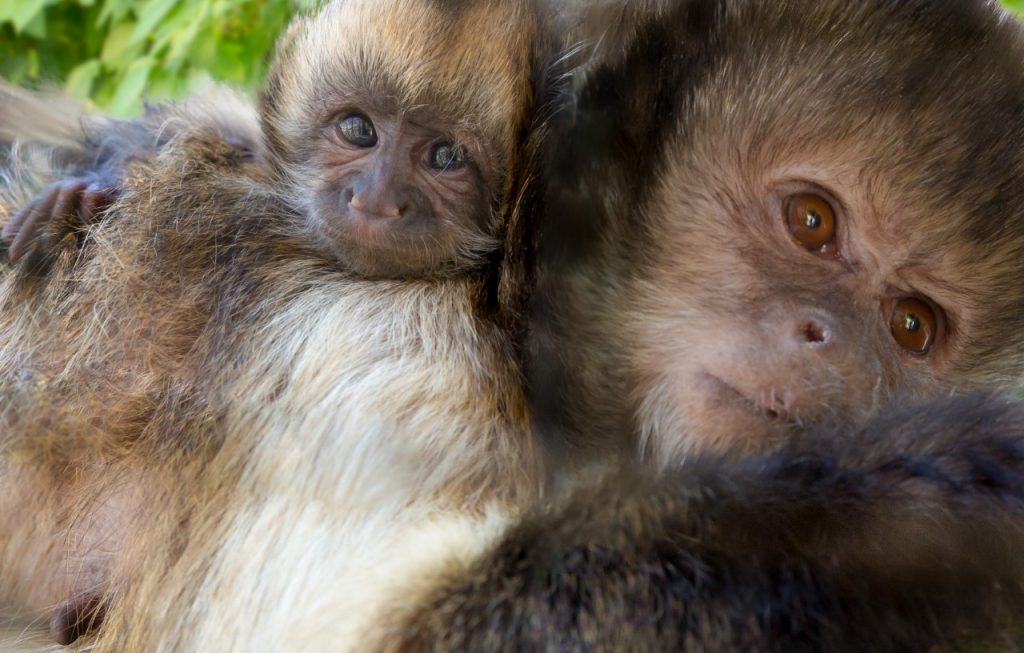Fatty acid status of free-ranging and captive wildlife – a literature survey
Citation
Grum C, Hatt JM, Clauss M. 2005. Fatty acid status of free-ranging and captive wildlife – a literature survey. In Graffam W, Hellinga D, Maslanka M, Ward A, Eds. Proceedings of the Sixth Conference on Zoo and Wildlife Nutrition, AZA Nutrition Advisory Group, Omaha, NE.
Abstract
In human nutrition, the discrepancy between the fatty acid (FA) status of people from “original” and “civilised” living conditions is interpreted as a major contributing factor to “civilisation-related” diseases. People from “civilised” living conditions are often characterised by a low status of polyunsaturated fatty acids (PUFA), particularly of n-3 PUFA, and a low unsaturation index (UI); the proportion of n-6 PUFA is usually increased, resulting in a decreased n-3/n-6 ratio. In human medicine, these changes are thought to be associated with increased susceptibility to cardiovascular diseases, reduced cognitive development of infants, reduced memory and visual capacities in senescence, certain cancers, unfavourable immunological reactions, male infertility, depression, aggression, and psychoses.
 GrumFAReviewFINAL14Aug.05.pdf 104 KB
GrumFAReviewFINAL14Aug.05.pdf 104 KB








